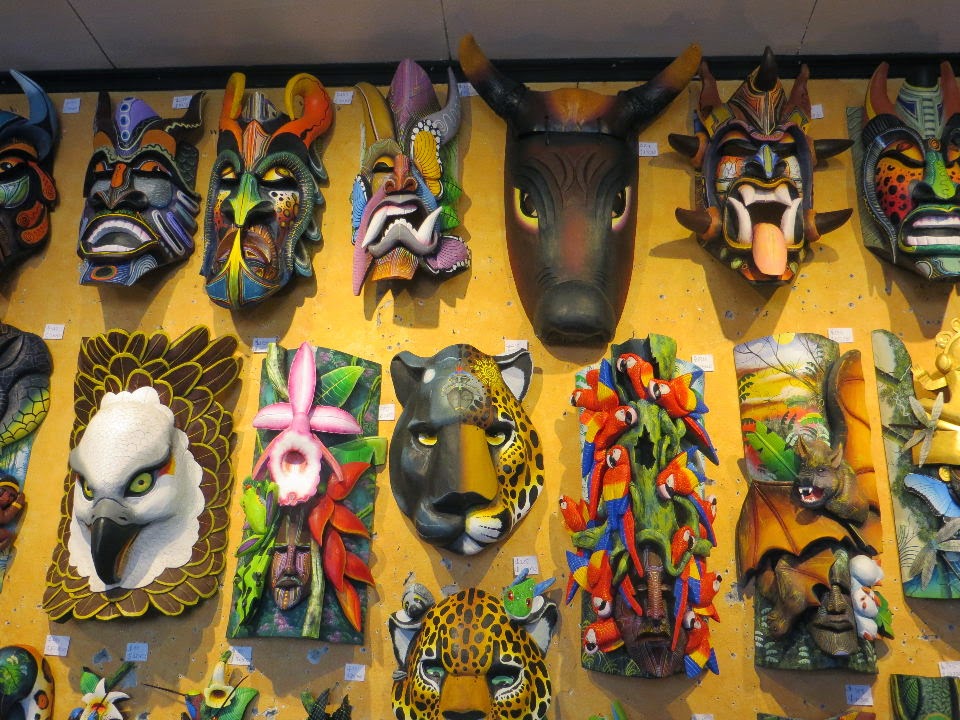I can hardly wait to begin our travel adventure this spring. It has been torture going through an entire year without traveling to some exciting new country.
One of the things I enjoy most about exploring new places is the architecture and ancient culture of the area. I love old buildings, ancient ruins and learning about indigenous practices.
In Paris I became obsessed with the old doors that adorn the buildings. In Italy and Spain I was fascinated by laundry hanging from clothes lines and blowing in the breeze.
I'm not sure exactly what awaits me in Costa Rica. Perhaps it will be the beautiful seas, the world famous sunsets or the multitude of flora and fauna. We shall see.
There are also 2 indigenous cultures in Costa Rica that we are very interested in learning more about. I've already mentioned the Bribri who make their home on the Caribbean side of the country, the other indigenous group are the Boruca.
photo source
There are also 2 indigenous cultures in Costa Rica that we are very interested in learning more about. I've already mentioned the Bribri who make their home on the Caribbean side of the country, the other indigenous group are the Boruca.
photo source
The Boruca have about 2,000 members, most of whom live on a reservation in the Puntarenas Province in southwestern Costa Rica. The ancestors of the modern Boruca made up a group of chiefdoms that ruled most of Costa Rica's Pacific coast, from Quepos to what is now the Panamanian border, including the Osa Peninsula.
Recently I read an article that featured some beautiful handcrafted Boruca masks. I have a collection of masks from all over the world and I was thrilled to learn that there is a store near San Jose where we can see the masks. I would really like to own one or more for my collection but not sure it makes sense to buy one and lug it back to the U.S just to turn around and bring it back to Costa Rica in a year or so when we retire.
For centuries, the indigenous Brunca (Boruca) people have held a ceremony that lasts for three days, from December 31st through January 2nd, known as the Dias de Los Diablitos (Days of the Little Devils). This three-day ritual features a dance in which one of the tribesman, dressed as a bull, kills all of the men of the village.
here is a link to the article.
here is a link to the article.



No comments:
Post a Comment